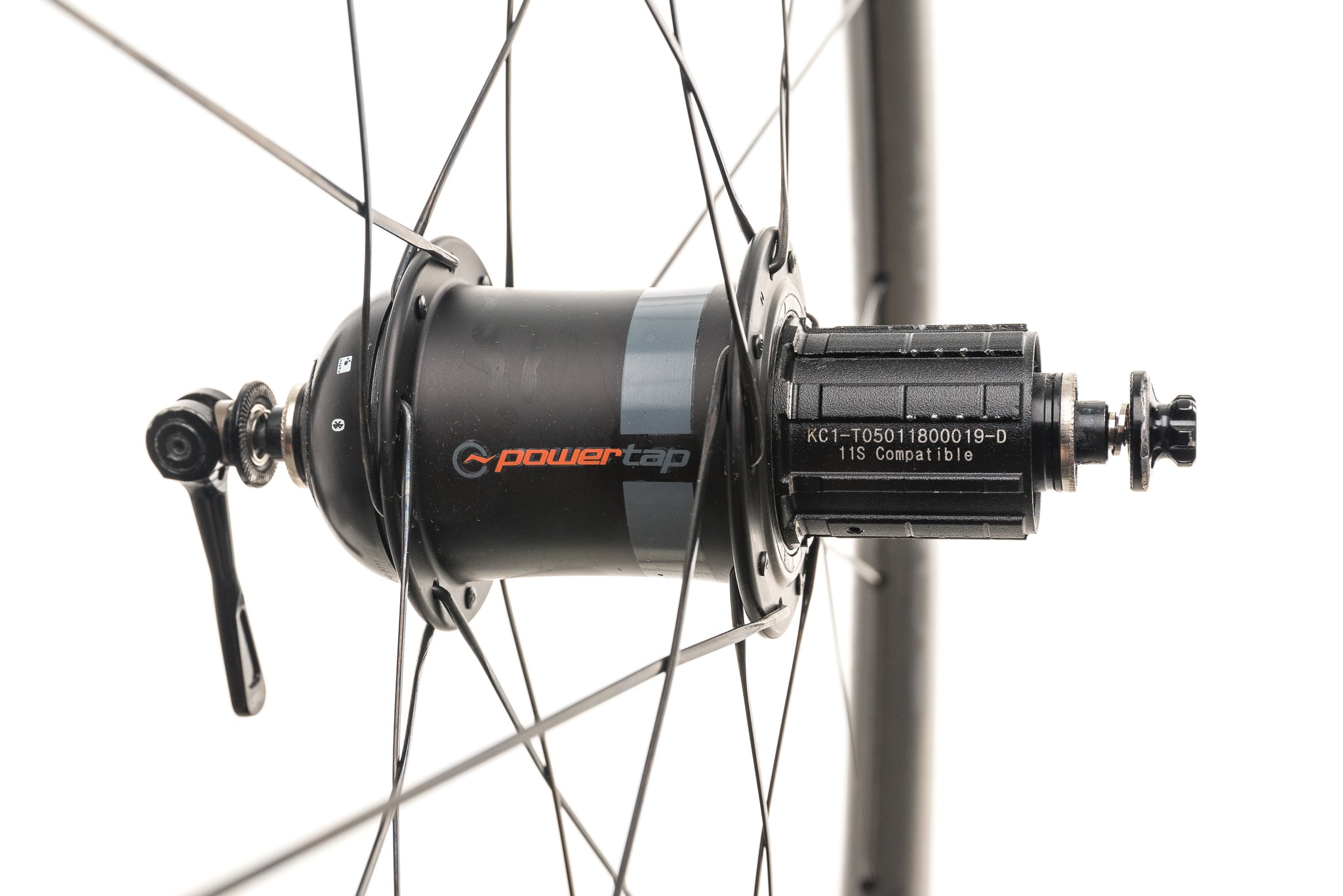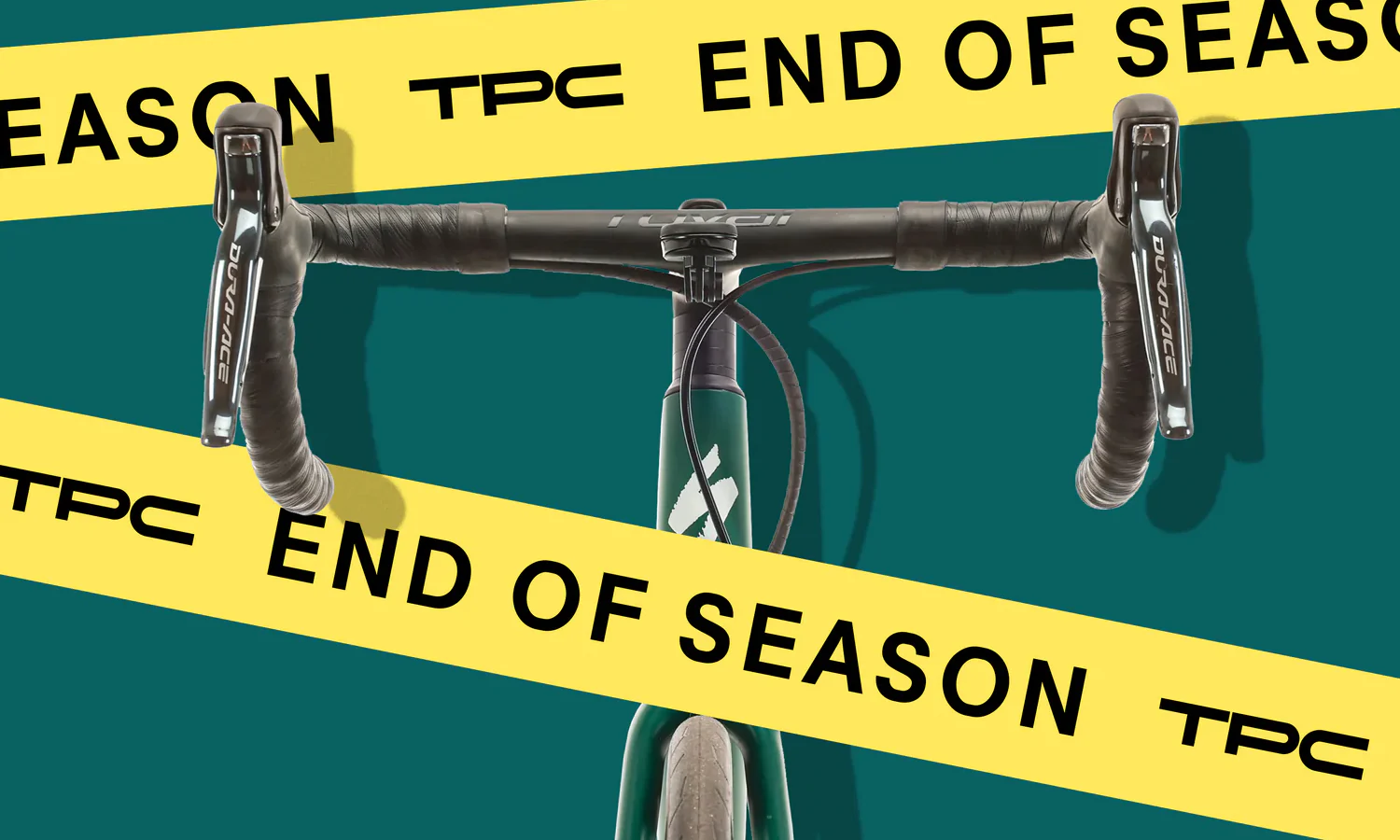
What is a power meter?
Exactly how much power does it take to get up your local hill or to take your local KOM/QOM? Cycling is unique in that our work on the bike can be exactly measured. The tool that quantifies a rider’s work is a power meter. Power meters measure how much power a cyclist is producing on the bike, expressed in watts.
Why do you need a power meter?
Riding with a power meter allows cyclists who are serious about performance and training to monitor their workload, track progress, and pace efforts during important events or races. When you’re tackling that wicked headwind you can see how hard you’re actually working. And also, data can be fun!
How does a power meter work?
Power equals force times distance over time. For a power meter to work on a bike, it has to measure the amount of force a rider is generating, and how fast that force moves (speed = distance / time). When pedaling a bike, the force comes from the torque produced by a rider’s legs pushing down on the pedals. Speed comes in the form of RPM (revolutions per minute).
To measure force, power meters have strain gauges that use an electrical impulse to measure deflection inside the power meter. Deflection changes the resistance in the gauge and this resistance can then be translated into torque. Then accelerometers in the power meter sense RPM. RPM is usually measured at the cranks (a.k.a. cadence) but it can also be measured at the wheel. Multiply torque by RPM and you have power. A power meter then sends that power number to your head unit or other display
What are the types of power meters?
The main consideration when shopping for a power meter is where it is on the bike.
Crank spider

Power meters located in the spider of a crankset have historically been the gold standard. They tend to be incredibly accurate because they measure both of your legs (double-sided). Spider power meters are sold as part of a complete crankset or as a standalone spider to fit a compatible crankset.
Advantages:
- Accurate
- Reliable
- Measures both sides
- Hidden from the elements and thus less likely to get damaged
Disadvantages:
- Expensive
- Limited crank options
Popular Options: Quarq, SRM
Price range: $600-2,000
Crank arm

Crank arm-based power meters are popular because they’re more reasonably priced, and are easy to install. Most crank arm power meters measure power from the non-drive crank arm and then double it to give power numbers that are inline with spider- or pedal-based systems.
Some argue that crank arm power meters don’t give the full story when it comes to data, because no one puts out exactly 50/50 power between their two legs. As long as you don’t need exceptionally precise power data (as in, if you’re not a pro), or you don't have a serious imbalance due to injury, these units give you a very good idea of your numbers. Plus, if you always use the same power meter, your power data will be consistent.
Advantages:
- More cost-efficient than spider-based units
- Easy to install
- Large variety of compatible option
Disadvantages:
- Incomplete data because it only measures one side (though there are some options for dual-sided crank arm power meters)
- More exposed to the elements
Popular Options: Stages, 4iiii Innovations, Pioneer
Price range: $300-1200
Pedal

Because there is a power meter built into each pedal, this option provides left and right leg power similar to spider-based and dual-sided crank arm power meters. They’re also able to display other advanced power metrics beyond left and right power like seated and standing time, platform center offset (where on the pedal you’re applying power), and phased power (how much power you apply throughout the circular pedal motion).
Advantages:
- Easy to install and remove
- Provides lots of data
Disadvantages:
- Limits pedal choice/ability to swap pedals
- Greater chance of damage (pedal strikes and crashes)
Popular Options: Garmin Rally, Favero Assioma
Price range: $800-1600
Rear hub

Rear hub power meters used to be common, but are losing popularity. They function in a similar way to spider-based power meters, because they rotate on the same axis. But hub-based units constrain riders to one rear wheel. If you have a particular rim you want to use, you’ll have to custom build a wheel. If you like swapping wheels, you’re limited. If you’re changing between frames, you’ll need one with the same axle and brake standards.
Advantages:
- Fairly accurate
- Reliable
- Out of the elements
Disadvantages:
- Not great if you like to swap wheels
- Not tons of variety to choose from
Popular Options: PowerTap G3
Price range: $300-600
Crank spindle

This is a fairly new option in the world of power meters. Spindle-based units are all single-sided, similar to crank arm-based units. They measure power on the non-drive side and double it. Like spider-based units, they are tucked away in the heart of the bicycle so they are discrete and protected. Some use a standard AA battery while others use a rechargeable battery / USB cable.
Advantages:
- Hidden from elements
- Fairly easy to install
- Broader compatibility with mountain, gravel, and cyclocross bikes
Disadvantages:
- Single-side measuring
- Fewer crank options
Popular Options: Race Face/Easton Cinch, ROTOR INpower, SRAM Rival AXS
Price range: $600-800
What should I look for in a power meter?

Battery swapping
When choosing a power meter, be aware of how to swap or charge the battery. Most units are fairly straightforward, but some are a little more difficult than others. For example, an SRM Crank Spider power meter requires removing the chainrings and quite a few other steps. But, the battery lasts for 100 hours and can be charged 500 times. In other words, you’ll only need to replace it every 750,000 miles or so. SRAM Quarq uses coin batteries, and Race Face/Easton Cinch is a USB charger. Regardless of which power meter you choose, it’s good to know how often you’ll need to change or charge the battery.
Accuracy vs. consistency
When buying a power meter, you’ll often see a product list their accuracy numbers within +/- X%. Accuracy is important, especially if you’re comparing your numbers to those of other riders. But maybe even more important is consistency. As long as a power meter’s readings are consistent from ride to ride, it will be useful for measuring your performance and tracking your progress. For performance-oriented riders, the most important person you need to compete with is yourself.
Single-leg vs. double-leg measurement
Though single-sided power measurement is consistent and effective, some argue that it provides an incomplete picture. Still, even if a rider isn’t pedaling with an exact balance of power in each leg, generally, small inaccuracies aren’t as important as overall improvement in power numbers. If you are training seriously, though, it’s understandable that power and technique are both very important. You want to know if one leg is constantly putting out more power than the other, so that you can address the issue and maximize your overall performance. In this case, it makes most sense to invest in a power meter that measures both sides. Those recovering from an injury might also prefer the complete data a double-sided power meter will offer.
Zero-offset
Power meters contain tiny, highly sensitive strain gauges that sometimes build up residual torque that can interfere with power readings. Conducting a zero-offset is a lot like adding a tare to a scale before weighing. The strain gauges are reading a small amount of power even when there’s none. Zeroing out your meter each time you use it (or once a week) is easy (usually just the press of a button on your bike computer or an option in your power meter brand’s smartphone app), and ensures that you’re getting accurate data.
Wireless connectivity
Power is useless unless a rider can see their data. Most riders will view their power on a computer or smartphone mounted to the bike. Older power meters required a wire to transmit data to a head unit but all new power meters transmit data wirelessly. For wireless transmission, ANT+ has been around longer, but Bluetooth Smart (or BLE/BTLE) has sprung up as an additional transmission option on most new products, and tends to be more stable overall.
Conclusion
For most people, choosing a power meter comes down to cost, ease of installation, compatibility, and where the power meter is located on the bike.
If you always ride the same bike with the same wheels and pedals, and you don’t need hyper-accurate data from both legs, any power meter is on the table — crank spindle, crank arm, rear hub, or pedal.
Riders who swap out pedals and wheelsets for races or different kinds of riding should avoid pedal and hub units.
If you’re interested in the most precise data out there, with measurements for both legs, look at crank spider power meters. Of course, this is also best for riders who are primarily riding a single bike, not swapping between road and mountain bikes, for example.
Single-sided power meters are the way to go for those with limited budgets. They give accurate, reliable data that you can use to train more consistently and track progress.
No matter which power meter you choose, be sure to do your homework so that you can interpret the numbers — or hire a coach to help you — so that you can make the most of all of your data and progress.

























